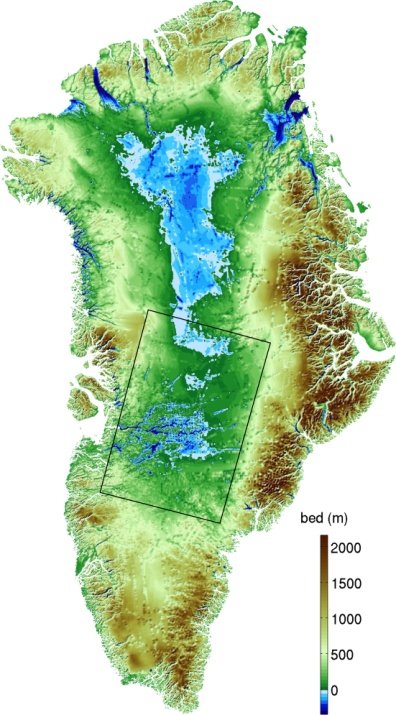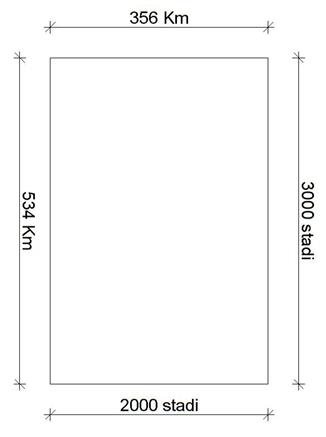Вышла книга Енн Хаабсаар. ОСНОВАНИЕ РУССКОГО ГОСУДАРСТВА. НОВГОРОДСКАЯ РЕСПУБЛИКА
Книга Енн Хаабсаар рассматривает заново историю создания русского государства. Понятие «русские» означало сообщество разных этносов в разное время: первоначально в нем доминировали фризы, затем скандинавы, затем несколько прибалтийско-финских народов, а затем славяне. После принятия христианства в 988-989 гг. эстонцы, принимавшие участие в создании государства, были отделены от Руси. Однако в Новгороде привилегии коренных народов долгое время оставались неизменными благодаря сильному княжескому государству.
https://www.rahvaraamat.ee/
Нужно понимать, что Енн Хаабсаар описывает конкретный период становления русского государства в момент начала принятия христианства.
Дохристианский период истории наиболее подробно рассмотрен Эдгаром В. Саксом в своих работах AESTII и ESTONIAN VIKINGS: https://cloud.mail.ru/public/2sYY/2K2D7ZAEG  КЛЮЧЕВОЙ ВОПРОС (на который, к сожалению, не отвечают ни Хаабсаар, ни Сакс) - ГДЕ БЫЛ ОСТРОВ НАРОДА "РУСЬ", описываемый арабскими хронистами X-XI веков?"...Что же касается ар-Руси, то они живут на острове в море. Тот остров занимает пространство в три дня пути в то и другое направление. На острове леса и болота, и окружен он озером. Они, русы, многочисленны и рассматривают меч как средство существования. Если умирает у них человек и оставляет дочерей и сыновей, то все имущество достается дочерям, сыновьям же дают только меч и говорят: "Отец добывал себе добро мечом, следуй его примеру..."
КЛЮЧЕВОЙ ВОПРОС (на который, к сожалению, не отвечают ни Хаабсаар, ни Сакс) - ГДЕ БЫЛ ОСТРОВ НАРОДА "РУСЬ", описываемый арабскими хронистами X-XI веков?"...Что же касается ар-Руси, то они живут на острове в море. Тот остров занимает пространство в три дня пути в то и другое направление. На острове леса и болота, и окружен он озером. Они, русы, многочисленны и рассматривают меч как средство существования. Если умирает у них человек и оставляет дочерей и сыновей, то все имущество достается дочерям, сыновьям же дают только меч и говорят: "Отец добывал себе добро мечом, следуй его примеру..."
И они народ сильный и могучий и ходят в дальние места с целью набегов, а также плавают они на кораблях в Хазарское море, нападают на корабли и захватывают товары. Храбрость их и мужество хорошо известны, так что один из них равноценен многим из других народов. Если бы у них были лошади и они были бы наездниками, то они были бы страшнейшим бичом для человечества". Ал-Марвази. "Таба и ал-зайван", один из вариантов перевода.
"Они [русы] не имеют пашен, а питаются лишь тем, что привозят из земли славян", "И нет у них недвижимого имущества, ни деревень, ни пашен", сам остров "покрыт лесами и болотами, нездоров и сыр до того, что стоит только человеку ступить ногой на землю, как последняя трясется из-за обилия в ней влаги".ибн-Русте
Есть версии с островом Руси посреди Днепра, и огромный остров в своё время там действительно мог быть:
«В древности русло Днепра проходило по поймам современных рек Ирдынь и Тисмин. Ниже Канева Днепр делился на два рукава, между которыми и лежал огромный почти 130 километровый в длину остров. Более 16 столетий назад (в 3 - 6 веке) это высохшее сегодня русло Днепра было судоходным, о чем свидетельствует обломки древних кораблей». http://www.proza.ru/2013/08/24/917Однако в арабских хрониках чётко говорится об острове
посреди моря, озера, размер "3 дней пути" не только в длину, но и в ширину.
Некоторые слависты ассоциируют остров с Рюгеном:
https://swinow.livejournal.com/135236.html ; норманисты приводят логичные доводы, почему Рюген не подходит, но, поскольку ищут исключительно в Скандинавии, то ничего соответствующего описаниям не находят:
https://oldbotanik.livejournal.com/1404.html . И ни те, ни другие финно-угров во внимание не принимают.
Остров с гнилым климатом, болотами и лесами, земли непахотные. 3 дня пути в ширину и в длину. Виктор Панин выдвинул в своё время альтернативную версию, соотнеся этот остров с Карельским перешейком:
http://www.karelkurs.narod.ru/files/korela.en.htmlОчень похоже, однако, что речь об острове СААРЕМАА, SAAREMAA (быв. ЭЗЕЛЬ, ОСИЛИЯ, OSILIA, ВАЛТА, WALTA), в течение столетий служившем основным форпостом эстонских пиратов. Бухты Сааремаа были пристанищами для флотилий из тысяч судов. См. исследования Э.Сакса AESTII и ESTONIAN VIKINGS.Примечательно также упоминание в 17 веке острова Сааремаа как
Rusel, Русель в трактате "Путешествие в Московию" голландца Николааса Витсена 1664-1665 г:
https://vk.com/topic-95979368_37156972 . Сохранившаяся народная память?
На Сааремаа и на соседний Хийумаа свозились для работорговли захваченные в плен невольники в ходе набегов в Швецию и другие земли, что до сих пор отражено в некоторых топонимах, напр., Orissaare, Orjaku (от ori, orja [орь, орья] (эст., фин., карел., ижор., вод., вепс.), uŕe [уре] (эрз.), uŕä [уря] (мокш.), var [вар] (удм.), ver [вер] (коми.) - раб). Очень вероятно, что не является славянским и название крепости-острова Орешек в истоке Невы, а могло означать "невольничий рынок". Вероятно отсюда также германские work [во(р)к] (англ.), Werk [верк] (нем.) - работа, работать; yrke [урке] (шв.) - профессия; urge [эрдж] (англ.) - принуждать.
Сааремасские викинги были очень сильны вплоть до 13 века. «...Эстонцы, особенно жители Сааремаа отвечали походами на территорию Швеции. В 1187 году «балтийские язычники», карелы и эстонцы, уничтожили тогдашнюю шведскую столицу Сигтуна» (Антс Ярв, «История Эстонии», сборник под редакцией Мауно Йокипии, «Прибалтийско-финские народы. История и судьбы родственных народов», Ювяскюля, Атена Кустаннус Оу, 1995).
Военное дело, изготовление оружия, торговля товарами и работорговля и были основным занятием на этом острове, населенном профессиональными воинами и их семьями (
"русью", военной элитой). Питались тем, что привозили с материка, продуктами
"славян" (работяг, а не
словен-миссионеров, распространивших церковно-славянский язык и новую веру вместе с ним).
Вероятные корневые слова для
«РУСЬ» (в контексте фразы «И избрались трое братьев со своими родами, и взяли с собой всю РУСЬ», Нестор, ПВЛ) в языках Чуди:
1)
ro’už [роуж] (ливон.),
реже (самоназвание куршей) -
«народ, племя, люди»;
2)
rusi(kas) [русь(каз)] (эст.), rusikka [русикка] (арх. фин.) -
«кулак», перен. «власть, гнёт, нажим, насилие, давление»,
«военная сила»;
3)
ruuz [рууз], р.п.
ruusi [руусь] (эст.) - «большое судно»;
roоtsi [роотсь] (эст.) - «гребцы», также имя, данное шведам.
См. подробнее здесь:
https://new-etymology.livejournal.com/4341.html * В транскрипции исхожу из того, что [-ь] на конце слова - это сверх-краткое [i], не [и]. https://www.digar.ee/viewer/en/nlib-digar:352121/307333/page/1RUS' FROM SAAREMAA
https://www.digar.ee/viewer/en/nlib-digar:352121/307333/page/1RUS' FROM SAAREMAAFOUNDATION OF THE RUSSIAN STATE. NOVGORODIAN REPUBLIC, by Enn Haabsaar has bee published.
( Read more... )


































